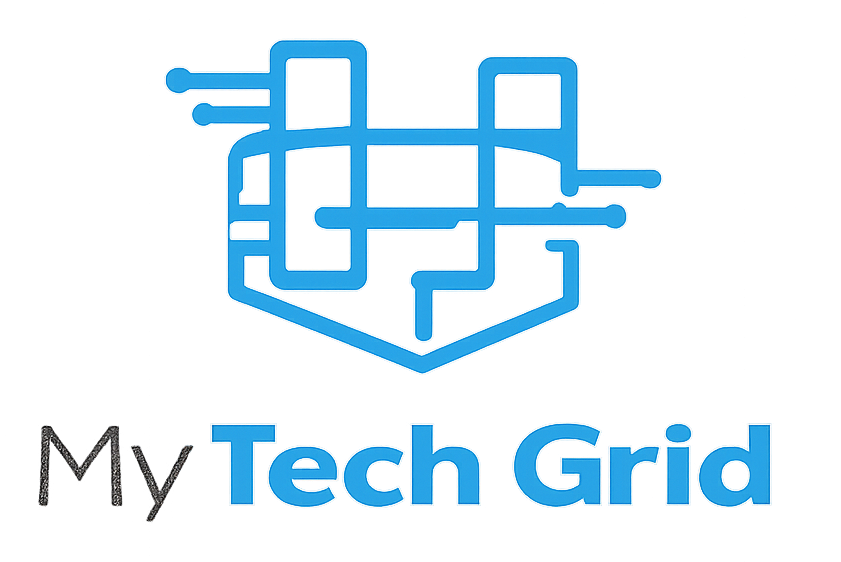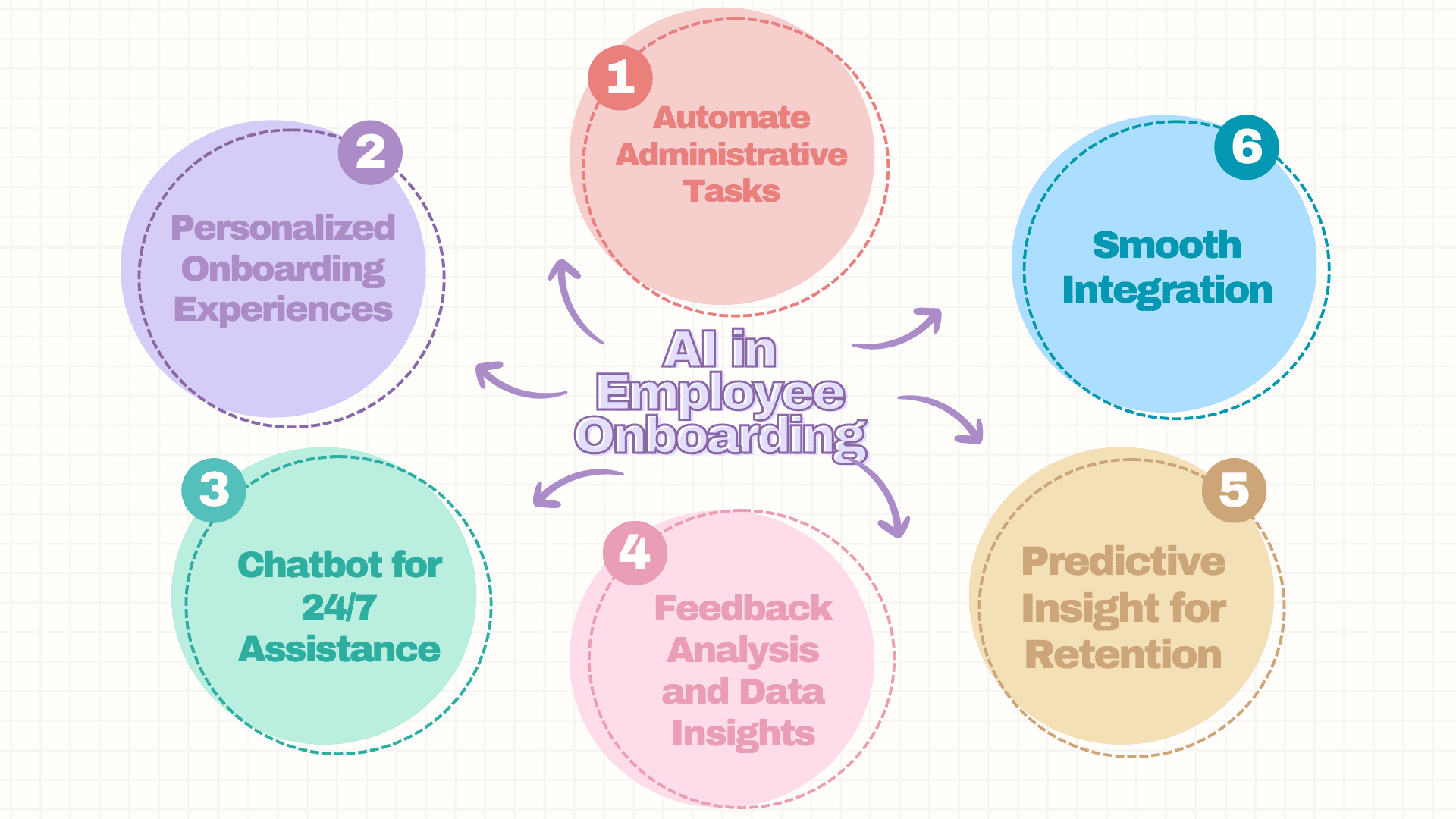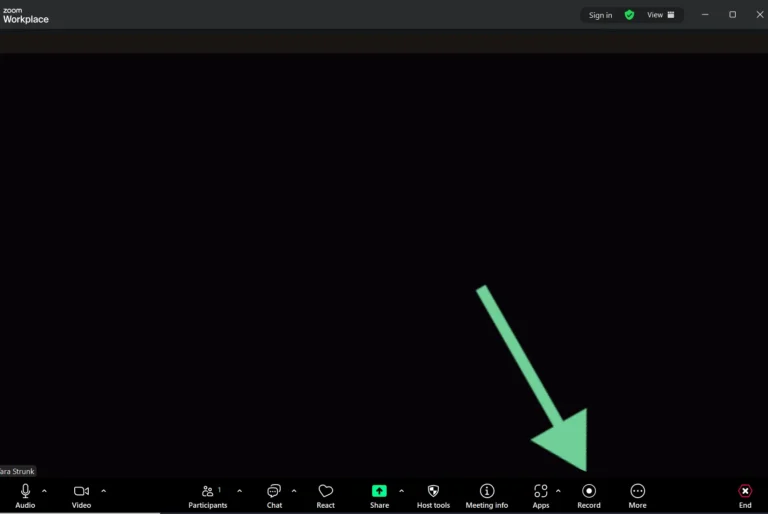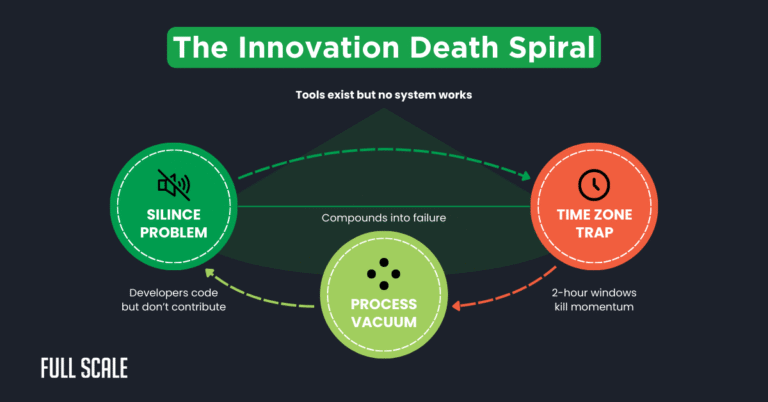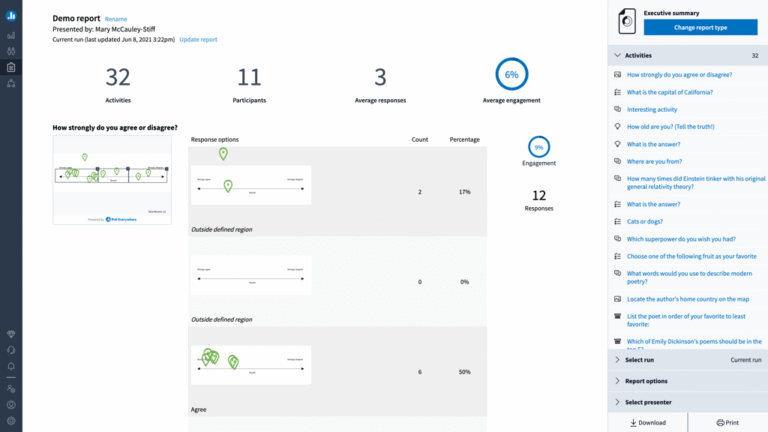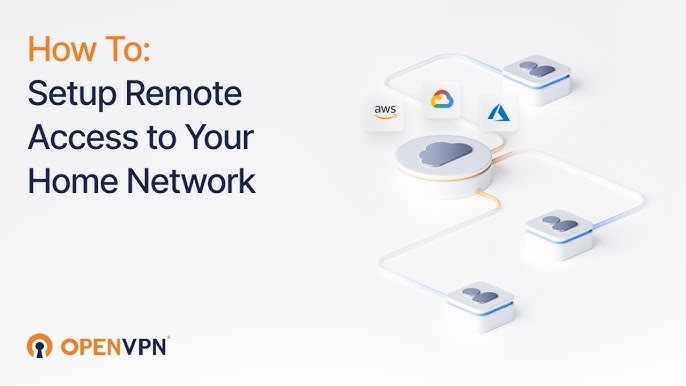Tools for Automating Remote Client Onboarding Processes: Ultimate Guide
Are you struggling to keep your remote client onboarding smooth and hassle-free? Managing paperwork, contracts, payments, and scheduling can quickly become overwhelming when done manually.
But what if you could automate these repetitive tasks and focus on building stronger relationships with your clients instead? The right tools for automating your remote client onboarding processes can save you time, reduce errors, and create a seamless experience for both you and your clients.
You’ll discover the best automation tools designed to transform your onboarding journey into an efficient, stress-free process. Keep reading to find out how to take your client onboarding to the next level.
Benefits Of Automation
Automating remote client onboarding offers several key benefits. It streamlines tasks, making the process faster and more efficient. Automation helps reduce mistakes and enhances the overall client experience. These advantages make onboarding smoother for both businesses and clients.
Time Savings
Automation cuts down time spent on repetitive tasks. It speeds up data entry and document handling. Teams can focus on more important work instead of manual processes. Faster onboarding means clients start using services sooner.
Error Reduction
Manual data entry often leads to errors. Automation minimizes these mistakes by using predefined rules. Accurate information prevents delays and confusion. This reliability builds trust with clients and improves workflow.
Improved Client Experience
Automation offers a seamless onboarding journey for clients. It provides clear instructions and quick responses. Clients feel valued and supported throughout the process. A smooth start encourages long-term relationships and satisfaction.
.png)
Credit: www.cloudeagle.ai
Key Features To Look For
Choosing the right tools to automate remote client onboarding can save time and reduce errors. Focus on features that streamline tasks and improve client experience. These features ensure smooth communication and efficient management. Here are key aspects to consider when selecting automation tools.
Custom Workflows
Custom workflows let you tailor onboarding steps to your business needs. They help automate repetitive tasks and ensure no step is missed. You can set triggers and actions that match your process. This flexibility adapts to different client types and service offerings.
Integration Capabilities
Integration capabilities allow your onboarding tool to connect with other software. This includes CRM systems, payment gateways, and communication apps. Seamless data flow reduces manual input and errors. It also creates a unified system for managing client information.
Client Self-service Options
Client self-service options empower clients to complete tasks on their own. They can fill forms, upload documents, and track progress anytime. This reduces back-and-forth communication and speeds up onboarding. Easy access improves client satisfaction and engagement.
Analytics And Reporting
Analytics and reporting provide insights into your onboarding process. You can monitor completion rates, identify bottlenecks, and measure client satisfaction. These data help improve workflows and make informed decisions. Regular reports keep your team aligned and proactive.
Popular Automation Tools
Automation tools simplify remote client onboarding. They save time and reduce errors. These tools help teams manage tasks smoothly. Choosing the right tool improves client experience. Here are some popular automation tools used today.
Rocketlane
Rocketlane focuses on professional services and onboarding. It offers project tracking and collaboration features. Teams can share updates with clients easily. Rocketlane helps keep onboarding tasks on schedule.
Flowforma
FlowForma uses a no-code interface for building workflows. It suits business users without technical skills. This tool automates forms and approvals. It speeds up onboarding and reduces manual work.
Churnzero
ChurnZero tracks customer health and engagement. It identifies clients who need extra attention. This tool automates follow-ups and personalized messages. It helps improve client retention during onboarding.
Zapier And Make
Zapier and Make connect various apps without coding. They automate repetitive tasks across platforms. You can create workflows that trigger actions automatically. These tools boost productivity in onboarding processes.
Suitedash
SuiteDash combines CRM, project management, and client portals. It offers invoicing and file sharing features. This all-in-one tool streamlines onboarding and client communication. SuiteDash keeps everything organized in one place.
Tool Selection Criteria
Choosing the right tools for automating remote client onboarding is crucial. The tools must fit your business needs and make the onboarding smooth. Focus on key factors that affect daily use and long-term benefits. This helps avoid costly mistakes and improves client satisfaction.
Ease Of Use
Tools should be simple to learn and operate. A clean interface reduces errors and saves time. Clients and team members should complete tasks without confusion. Clear navigation and straightforward setup speed up the onboarding process. Easy tools encourage quick adoption and reduce training needs.
Scalability
Select tools that grow with your business. They must handle more clients without slowing down. A scalable tool adapts to changing workloads and new features. Avoid switching tools often by choosing software that supports expansion. This saves money and avoids workflow interruptions.
Security Features
Protect client data with strong security measures. Look for tools with encryption and secure login options. Compliance with data protection laws is essential. Tools should offer access controls and regular security updates. Keeping data safe builds client trust and meets legal requirements.
Customer Support
Reliable support helps solve problems quickly. Choose tools with responsive and helpful customer service. Look for multiple support channels like chat, email, or phone. Good support ensures minimal downtime and smooth operations. It also helps with onboarding and training your team.
Steps To Automate Onboarding
Automating remote client onboarding saves time and reduces errors. It creates a smooth experience for new clients. The process involves clear, organized steps to ensure nothing is missed. Follow these steps to build an effective automated onboarding system.
Mapping Client Journey
Start by understanding the client’s path from start to finish. Identify every step clients take when joining your service. Note key touchpoints like document submission and welcome emails. This map guides your automation design. It ensures each client receives timely, relevant actions.
Setting Up Workflows
Create workflows based on your client journey map. Workflows automate repetitive tasks like sending forms and reminders. Use simple tools to build sequences of actions triggered by client behavior. Make sure each step flows logically to the next. Clear workflows reduce manual work and speed up onboarding.
Integrating Systems
Connect your onboarding tools with other software you use. Integration syncs data across CRM, email, and payment platforms. It avoids duplicate data entry and errors. Choose tools that support easy integration through APIs or built-in connectors. Smooth data flow improves client experience and team efficiency.
Testing And Optimization
Test your automated onboarding before full launch. Check for broken links, incorrect data, or missed steps. Gather feedback from team members and pilot clients. Use this information to refine workflows and integrations. Continuous optimization keeps your onboarding process effective and user-friendly.
Best Practices
Automating remote client onboarding improves efficiency and client satisfaction. Following best practices ensures smooth workflows and stronger client relationships. These practices focus on clear communication, personalization, regular updates, and feedback collection.
Clear Communication
Use simple language and clear instructions in onboarding tools. Make sure clients know each step and what to expect next. Avoid jargon to prevent confusion. Clear communication reduces delays and builds trust. Automated messages should be timely and easy to understand.
Personalization
Customize onboarding processes to match each client’s needs. Tailor automated emails and forms to reflect their specific project or service. Personal touches make clients feel valued. Personalization helps increase engagement and reduces drop-offs. Use client data to adjust onboarding content automatically.
Regular Updates
Keep clients informed about their onboarding progress. Use automated notifications to share milestones and next steps. Regular updates prevent clients from feeling lost or forgotten. This practice improves transparency and client confidence. Schedule updates at key points in the onboarding journey.
Feedback Collection
Ask clients for feedback during and after onboarding. Use automated surveys or forms to gather their opinions. Feedback helps identify issues and improve processes. Act on feedback to show clients their input matters. Continuous improvement leads to better client experiences over time.
Challenges And Solutions
Automating remote client onboarding streamlines many tasks but brings challenges. Addressing these issues ensures a smooth onboarding experience. The main hurdles include technical problems, client hesitation, and concerns over data security. Each challenge requires clear solutions to keep processes efficient and clients satisfied.
Technical Issues
Technical glitches can disrupt the onboarding process. Clients may face difficulties using new software or platforms. Slow internet and device incompatibility add to the problems. To solve this, choose user-friendly tools that work across devices. Provide simple guides and quick support to help clients. Testing the system before launch reduces unexpected errors. Regular updates and backups keep the system reliable and secure.
Client Resistance
Some clients resist automated onboarding due to unfamiliarity or fear of technology. They might prefer personal interaction over digital steps. Overcome this by offering clear instructions and reassurance. Show how automation saves time and reduces errors. Allow clients to ask questions or switch to manual help if needed. Gradual introduction of tools makes clients comfortable. Positive communication builds trust in the new process.
Data Privacy Concerns
Clients worry about the safety of their personal information online. Data breaches can harm reputation and trust. Use tools with strong encryption and secure data storage. Comply with data protection laws like GDPR or CCPA. Inform clients about the measures taken to protect their data. Limit access to sensitive information within your team. Regular audits and monitoring help detect and prevent risks early.
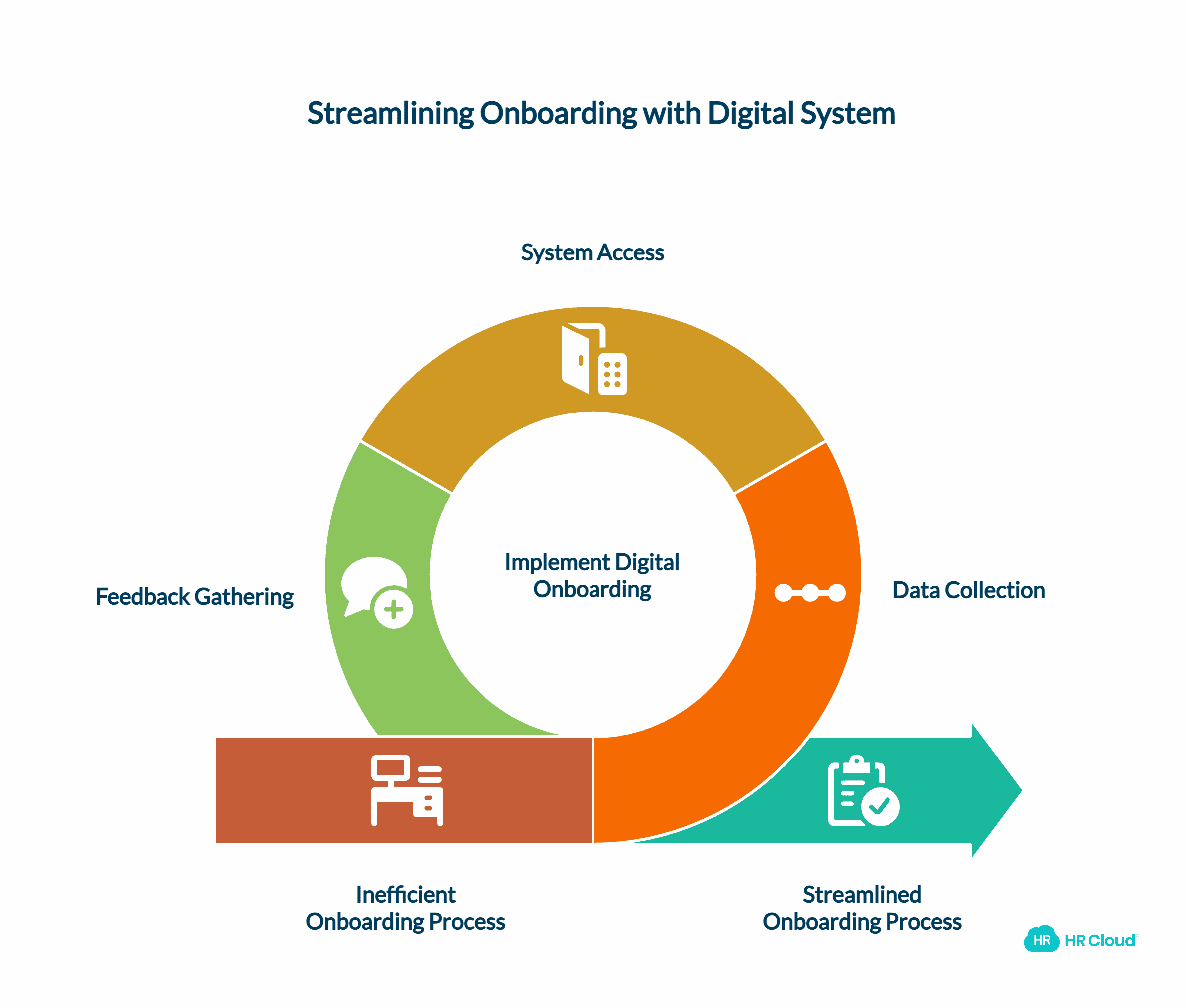
Credit: www.hrcloud.com
Future Trends
The future of automating remote client onboarding looks promising. New technologies will make the process faster and easier. Businesses will save time and provide better client experiences. Let’s explore key trends shaping this future.
Ai And Machine Learning
AI helps automate repetitive tasks in onboarding. It can analyze client data to offer personalized guidance. Machine learning improves over time by learning from new data. This leads to smarter and faster onboarding workflows. AI chatbots can answer client questions instantly. This reduces delays and enhances client satisfaction.
Enhanced Analytics
Advanced analytics provide deep insights into onboarding processes. Businesses can track client progress and identify bottlenecks. Data helps predict issues before they occur. Analytics also measure onboarding success and client engagement. These insights allow continuous improvement of onboarding strategies. Real-time dashboards make monitoring simple and clear.
Increased Customization
Automation tools will offer more customization options. Businesses can tailor onboarding steps to each client’s needs. Custom workflows improve client comfort and reduce confusion. Clients receive relevant information and tasks only. This creates a smoother onboarding journey. Customization also helps maintain brand consistency and professionalism.
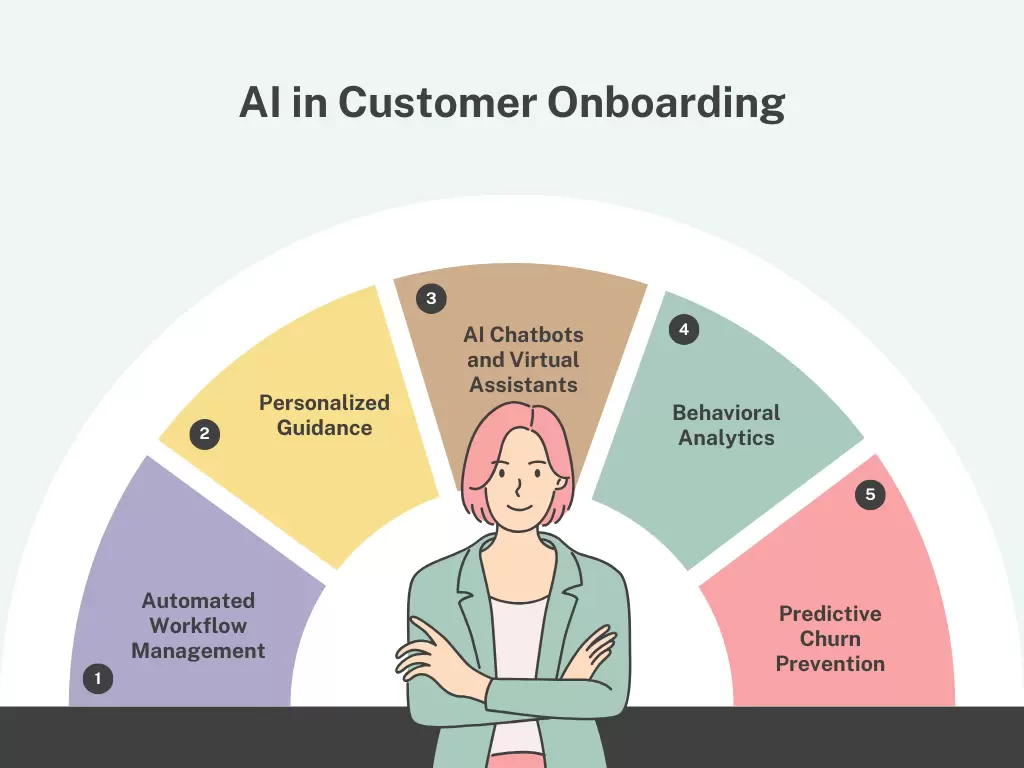
Credit: www.gptbots.ai
Frequently Asked Questions
How To Automate Customer Onboarding Process?
Automate customer onboarding by integrating CRM, email, and project management tools using platforms like Zapier or Make. Use onboarding software for task automation and client tracking. Customize workflows, enable self-service features, and streamline document signing to save time and enhance user experience.
Which Tool Is Used For Customer Onboarding?
Popular customer onboarding tools include Rocketlane, FlowForma, GuideCX, and ChurnZero. They simplify and automate onboarding tasks effectively.
What Are The 7 Steps Of Client Process Or Client Onboarding Process?
The 7 steps of client onboarding are: 1) Initial contact, 2) Needs assessment, 3) Proposal delivery, 4) Agreement signing, 5) Information gathering, 6) Service setup, and 7) Follow-up and support. These steps ensure a smooth, efficient client onboarding experience.
What Is The Tool Used For Self-onboarding?
Tools like Rocketlane, TrackOlap, Timelabs, and Keka HR enable efficient self-onboarding with custom workflows and automation.
Conclusion
Choosing the right tools simplifies remote client onboarding. Automation saves time and reduces errors. It helps keep clients engaged and informed. Simple software improves workflow and client satisfaction. Start small and expand your automation gradually. Efficient onboarding builds trust and professional relationships.
Consistent process leads to better client retention. Focus on tools that match your business needs. Automation makes onboarding smoother for both teams and clients.
